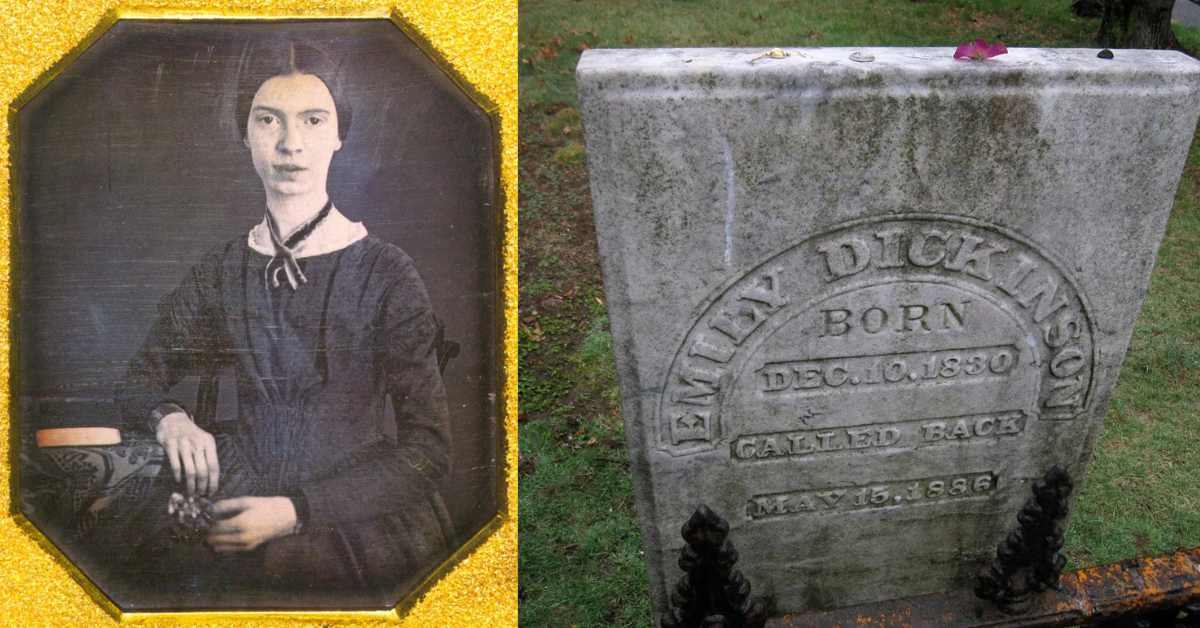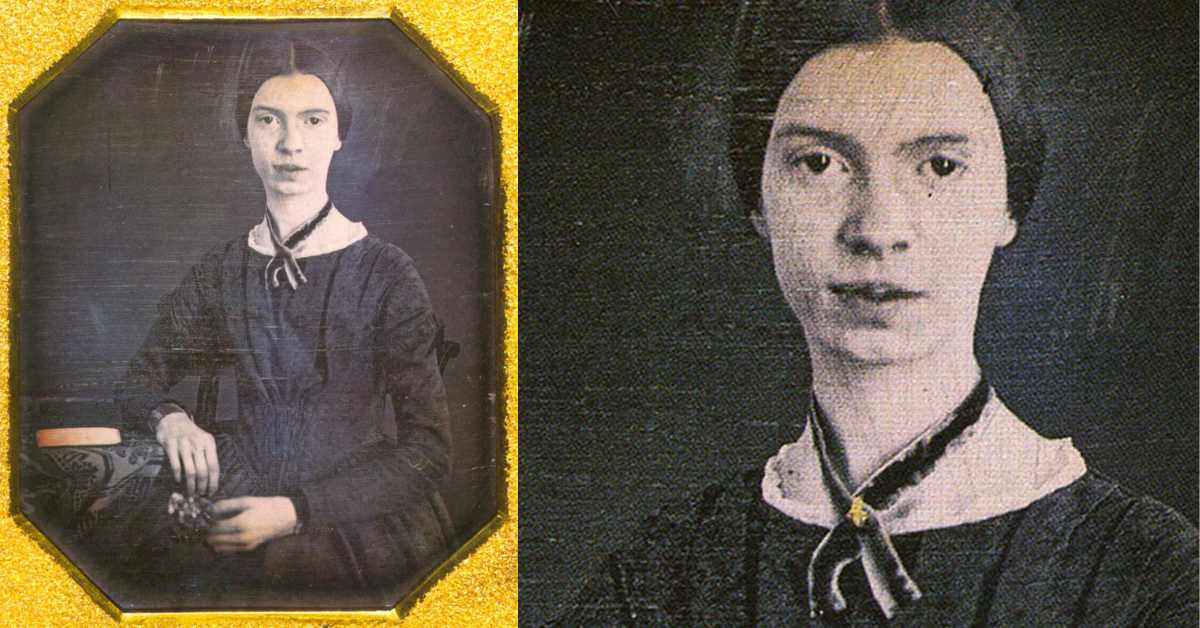‘Dickinson,’ created by Alena Smith for Apple TV+, revisits history via fiction and imagination to examine the life of Emily Dickinson (Hailee Steinfeld), the renowned poet. The comedy-drama, set in 19th-century New England, focuses on Emily’s experiences as a female poet in an orthodox culture, with an emphasis on her interactions with her family and friends.
The show’s version of Emily, which portrays her as a rebellious, hilarious, and witty persona in order to counter the perception that the genuine poet was a dismal, melancholy, and reclusive individual, has been praised by critics and fans worldwide.
The historical drama has aroused renewed interest in the poet who never knew renown during her time by contextualizing her poetry with the help of events that make use of contemporary feminist ideals, LGBT concepts, and racial consciousness. Many admirers are naturally interested in the true Emily’s tragedy. How did death claim the poet, who was concerned with the subject of death? Let us investigate.
When Did Emily Dickinson Die? What Was Her Age?
Emily Dickinson was born in Amherst, Massachusetts, on December 10, 1830. We meet Emily in her 20s and early 30s in ‘Dickinson,’ and the show ends when she is still young and decides to fully immerse herself in the world of her poems. As Death’s character informs her, she has a deadline and hence must write many poems before departing the planet forever.
Emily Dickinson suffered from bouts of illness throughout her life and died on May 15, 1886, in Amherst, following two and a half years of very severe health troubles. She was 55 at the time and had been bedridden for seven months prior to her death. Her brother, Austin Dickinson, recorded in his diary that she died before 6 p.m.

Her funeral was attended by Austin, Sue (Susan) Dickinson, and other close family members. Dickinson’s epistolary buddy, writer, abolitionist, preacher, and soldier Thomas Wentworth Higginson, also came to Amherst to pay his respects.
He read Emily Bront’s immortality poem (‘No Coward Soul Is Mine’) to the mourners at the burial. The poet’s remains were placed in a white casket and were clothed in white with violets, a cypripedium, and heliotropes. She was laid to rest in her hometown’s West Cemetery.
Must read some other articles we have listed below:
- Richard Roundtree Cause of Death: The Enduring Legacy of Shaft Iconic Star
- Cedric Beastie Jones Cause of Death: The Heartfelt Tributes to Bright Star!
Emily Dickinson’s Cause of Death
Emily Dickinson died from what doctors at the time thought was Bright’s disease, as stated on her death certificate by her family physician, Dr. Orvis Bigelow. Contemporary medical specialists and historians believe Dickinson died of heart failure induced by severe hypertension; Bright’s disease also included signs of high blood pressure and nephritis (kidney inflammation).
However, it is now recognized that Dickinson did not have a kidney disease because she did not exhibit the requisite symptoms. Dickinson suffered from labored breathing, episodes of unconsciousness, and spasms on her deathbed. Her father would frequently take her out of school as a young child due to her obvious troubles with consumption (tuberculosis).
Later, in her mid-30s, she experienced eye difficulties – strained eyes, difficulty reading, and light sensitivity — and needed to see Dr. Henry Willard Williams of Boston. It is assumed that she suffered iritis; nevertheless, some speculate that she may have experienced hysterical hyperaesthesia of the retina. Medical specialists believe Dickinson suffered epilepsy; physiological symptoms referenced in her poetry (such as throes and convulsions), lifelong headaches, and the medications provided to her all contribute to this diagnosis.
Furthermore, the 1880s were a sad time for her because her mother, several close friends, and her nephew all died one after the other. Dickinson was and still is notorious for being a hermit, and many people wonder if her introversion was a conscious artistic choice (as seen in Smith’s show) or a result of her failing health. However, the poet’s family appeared to be accepting of her condition, according to history.
Despite her terrible health issues, Dickinson managed to compose fabulously original and inspiring poetry that experimented with conventional conventions of punctuation and capitalization; indeed, she seemed to have poured her illnesses into her verses. But isn’t this to be anticipated from a talented poet who was worried about mortality while marveling at the natural beauty of the world?
